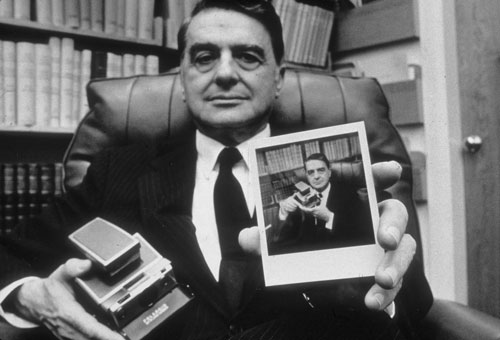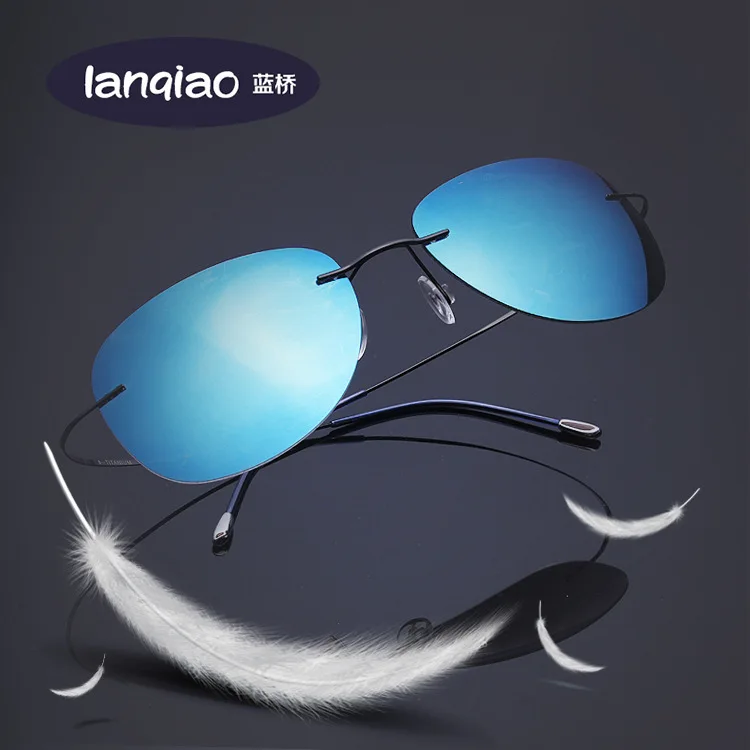Polaroid film is a type of instant film that was first introduced in 1948 by Edwin Land, the founder of the Polaroid Corporation. The film was revolutionary because it allowed photographers to take a picture and have it develop in front of their eyes, rather than having to wait for the film to be developed in a lab.
Before Polaroid film, photographers had to rely on traditional film, which required a complex process of developing the film in chemicals and then printing the images onto paper. This process could be time-consuming and expensive, and there was always the risk of the film being damaged or the prints coming out poorly.
Polaroid film changed all of this by using a self-contained system that allowed the film to develop inside the camera. The film consisted of three layers: a negative layer, a positive layer, and a reagent layer. When the picture was taken, the negative layer was exposed to light, creating a negative image. The positive layer was then exposed to the negative image, and the reagent layer was activated, causing a chemical reaction that developed the image.
Polaroid film was initially used mostly by professionals, such as scientists and engineers, who needed to quickly and accurately document their work. However, it quickly gained popularity among amateur photographers as well, who appreciated the convenience and speed of the film.
In the 1970s and 1980s, Polaroid film became even more popular with the introduction of instant cameras that used the film. These cameras, such as the Polaroid SX-70 and the Polaroid OneStep, allowed anyone to easily take and develop pictures on the spot.
In the digital age, Polaroid film has faced competition from digital cameras and smartphone cameras. However, it has retained a dedicated following of photographers who appreciate the unique look and feel of images taken with Polaroid film. Today, the Polaroid Corporation continues to produce a variety of instant film products for both professional and amateur photographers.
In conclusion, Polaroid film has had a significant impact on the world of photography. Its invention revolutionized the way pictures were taken and developed, and it has remained a popular choice for photographers seeking the convenience and unique aesthetic of instant film.
.jpg)







